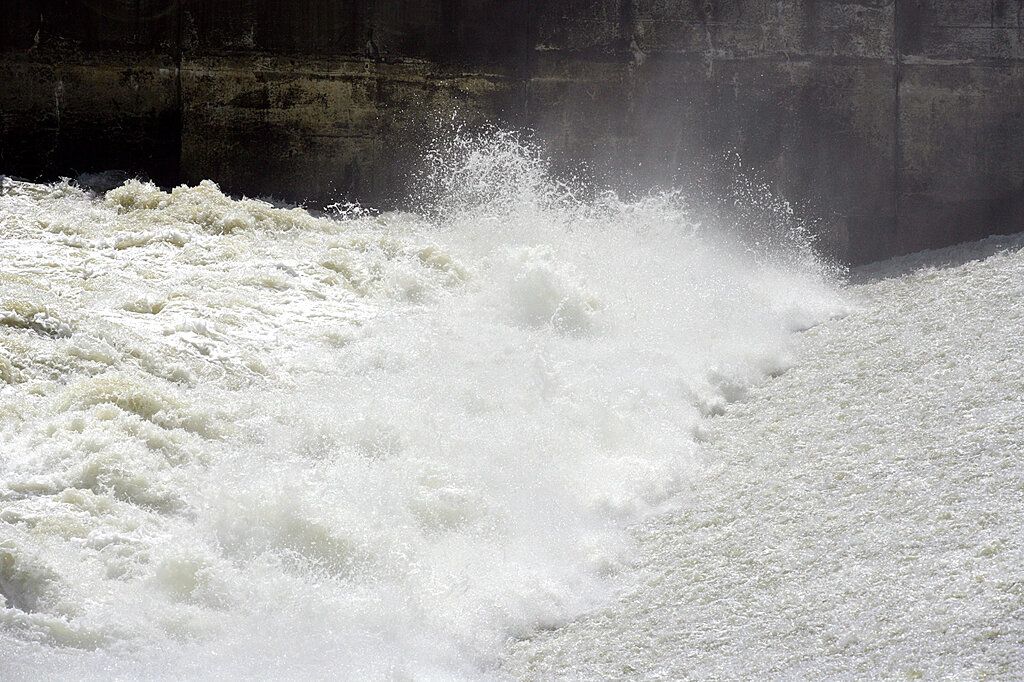A growing thirst
Fort Worth is one of the fastest growing cities in the nation - will there be enough water to keep up with demand?
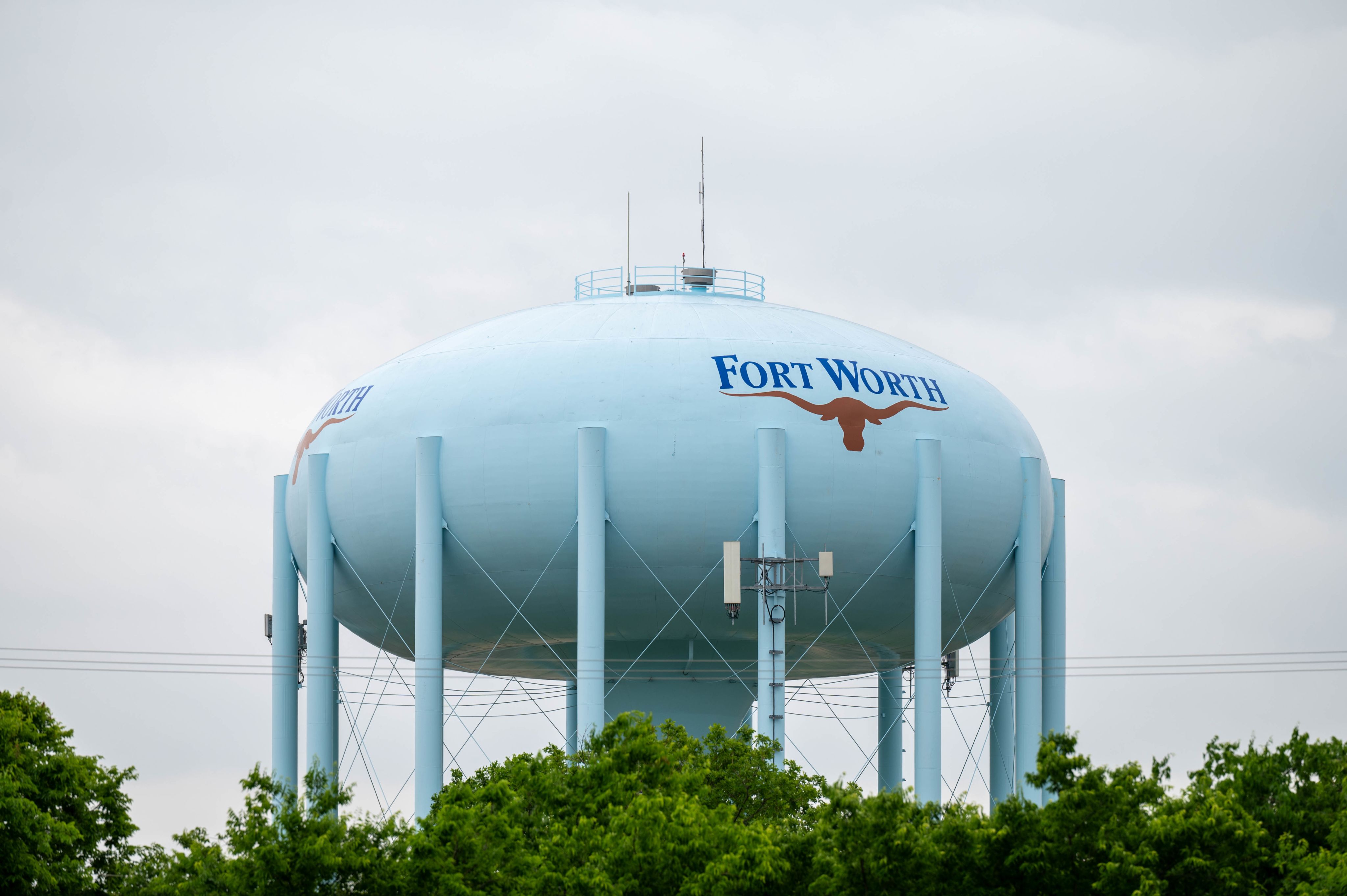
The population of North Texas is on a relentless upward trajectory and as the number of residents climbs, so does the strain on essential resources, particularly water.
North Texas is booming when it comes to population growth. The Tarrant Regional Water District expects the population it serves to go from its current 2.4 million consumers to 4.6 million by 2070.
With the drastic increase in population along with projected temperature increases due to climate change, that can cause increased evaporation, there are a multitude of threats and challenges to the water supply.
The North Texas Municipal Water District is planning for when an additional 360 million gallons of water per day will be needed; however, there is no single solution to meet that demand. North Texas will always need multiple sources and a diverse water portfolio that includes surface water reusal and conservation.
A look at growth over the years
The TRWD spans across 11 North Texas counties and maintains four major reservoirs. Since 1924, TRWD has provided water to 2.1 million people within the region. Much has changed over the last 100 years – expansion of infrastructure and population have forced TRWD to adapt to meet water needs for both residential, commercial, landscape and industrial use.
According to the 2011 Region C Water Plan, “state demographers anticipate that the population will continue to grow over the next 50 years from 5,254,722 to 13,045,592 in 2060. The North Texas Region has been among the fastest growing areas in the nation since the 1950s.” It is important to note that the demand for water is affected by more than just population. Economic and industrial changes including climate and society's attitude toward conservation all factor into water demand. The process used to predict future demands is not a perfect science and contains certain assumptions in the calculations, therefore it must constantly be adjusted as more data becomes available.
Tarrant County is the most densely populated county within the TRWD coverage. Within the last 20 years the population of Tarrant County has increased by 49.5%. Alongside the increased population is a similar rise of housing units at 43.5% over the same period. Compare this to more rural counties like Ellis, the population increase is even higher at 72.8%. This data shows that the population is pushing out from major metroplexes within the TRWD like DFW, and “setting up shop” in what was once farm and ranch lands.
How is growth determined?
In order to predict population growth, TRWD works with state demographers to project growth estimations by considering factors like fertility, mortality and migration rates. According to the Texas Demographic Center website, “adjustments in the calculation are made for certain demographics who do not generally experience the same demographic processes over time as the residential population.” This includes the population of military bases, prisons, colleges and other populations in an institutional setting as they come into and leave an area at fixed intervals. Determining growth is vital to maintaining current water supply levels and anticipating future water demands.
Impacts of growth in the region
North Texas is growing faster than any other region in the state. As more companies move into the area, the demand for residential and industrial complexes also increases. A correlation of increased population is the demand for entertainment and places to buy essential goods. Places like golf courses and car washes rely heavily on water for their businesses to operate.
Currently, six primary sources of raw water are being treated for delivery to the North Texas Municipal Water District’s service area. However, there are no guarantees on any water supply which is why it is necessary to look at many potential strategies for supplies. The primary raw water sources are Lavon Lake, Bois d’Arc Lake, Lake Texoma, Jim Chapman Lake, Lake Tawakoni, and East Fork Water Reuse Project.
Fort Worth is the largest retailer of water, operating five water treatment facilities.
Conservation efforts
Conservation is another strategy that is expected to be utilized in coming years with increased customer city support through community outreach and education as well as regional and local partnerships that will encourage customers to save water.
Water-efficient fixtures and appliances are becoming more standard in homes and businesses than ever before. These new appliances and fixtures are designed to use less water without sacrificing performance.
Tracking conservation is also essential and will encourage water users to do their part to help conserve and reduce water waste. This method will also allow for conservation outreach to be targeted toward the communities that need it most.
It is estimated that around 30% of the water supplied by North Texas Water Municipal District by 2070 will result from aggressive water conservation outreach and collaborative water reuse strategies.
In 2020 Fort Worth rolled out its “Smart Repair” conservation plan. The program offers no-cost repair of minor plumbing leaks for eligible low-income homeowners, reducing wasted water and lowering high water bills to keep essential water service accessible and affordable for all residents. The city of Fort Worth, which is TRWD’s largest wholesaler estimates that “at a rate of one drop per second can waster nearly 10,000 gallons of water annually.”
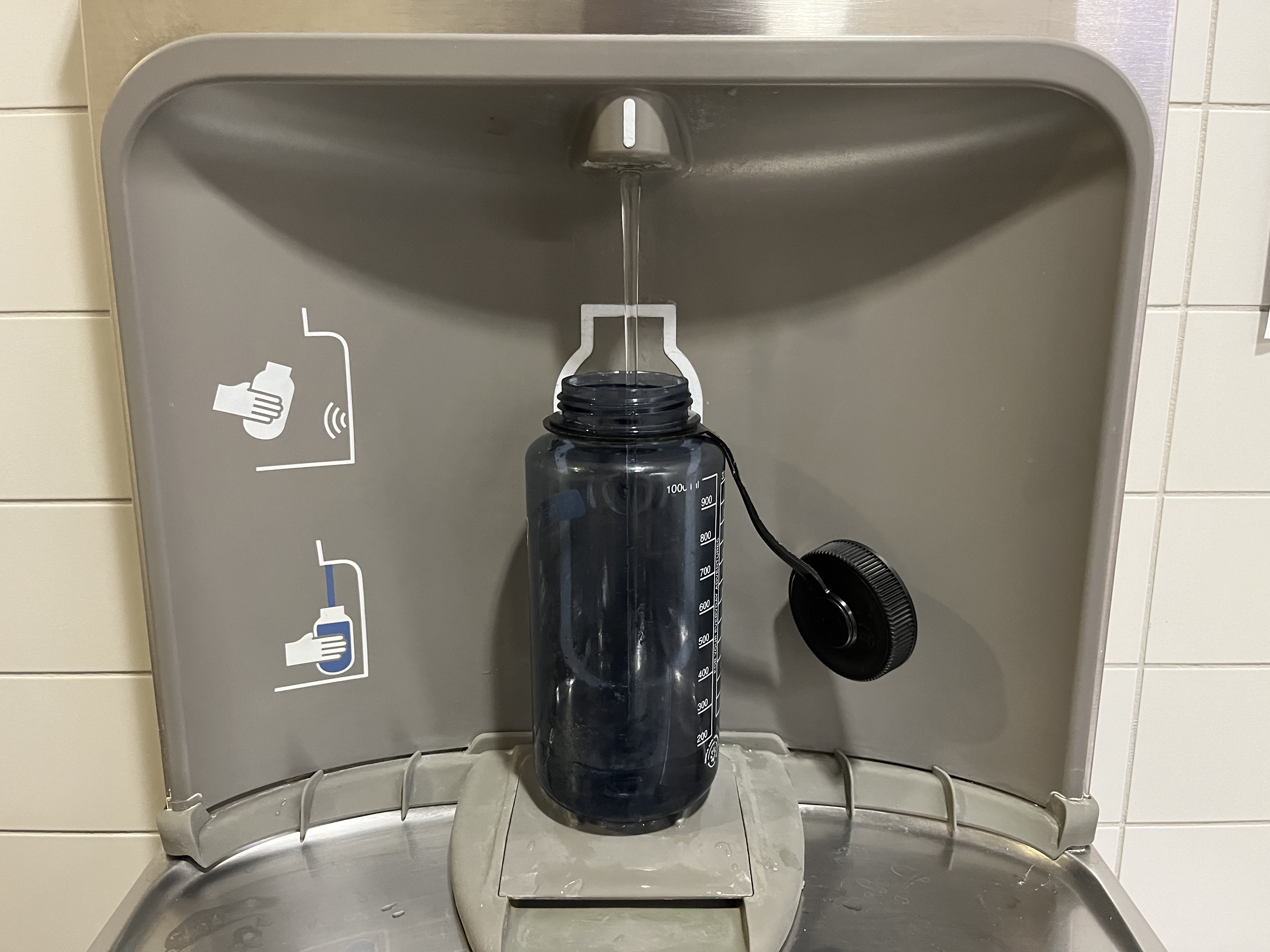
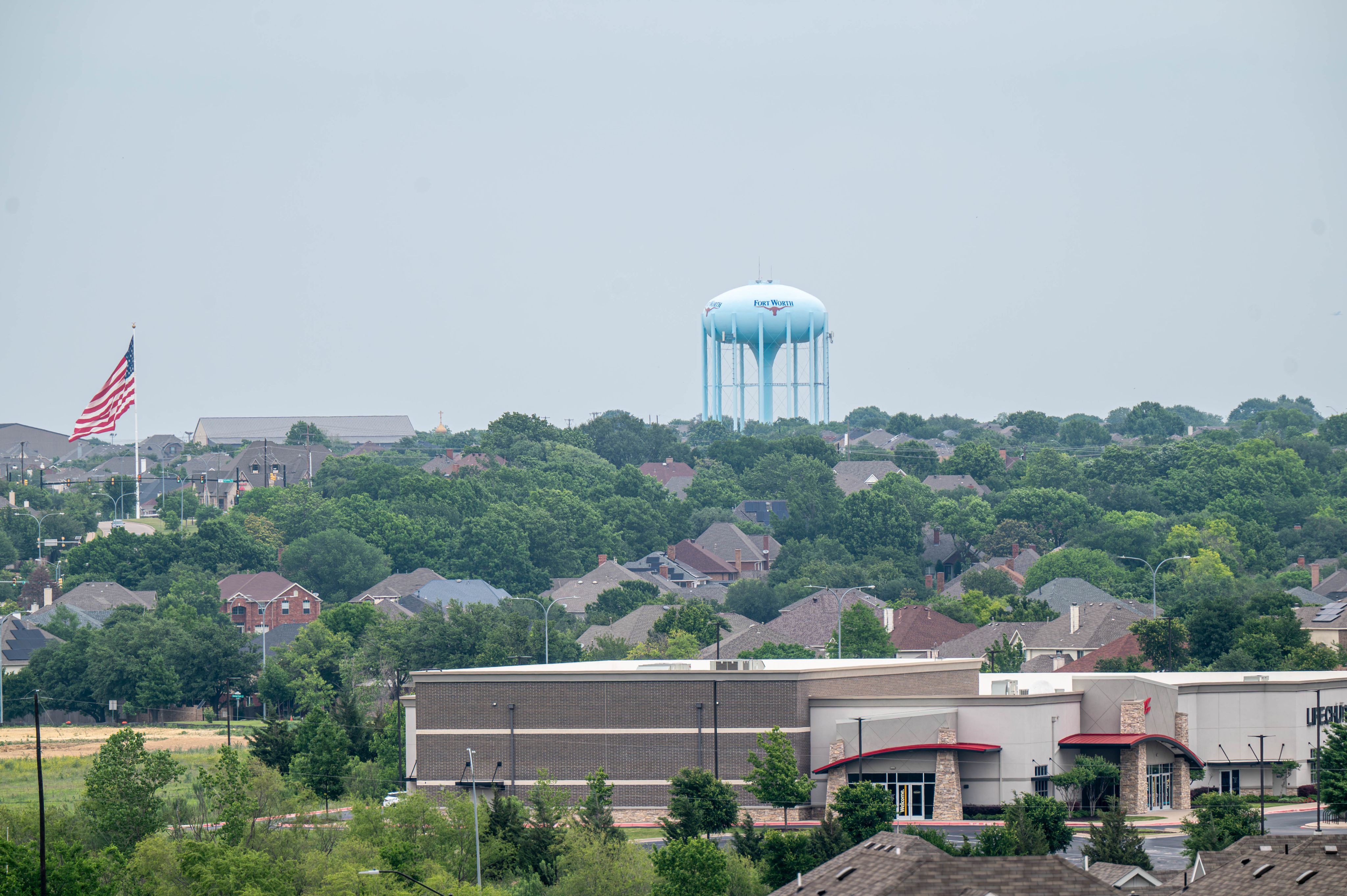
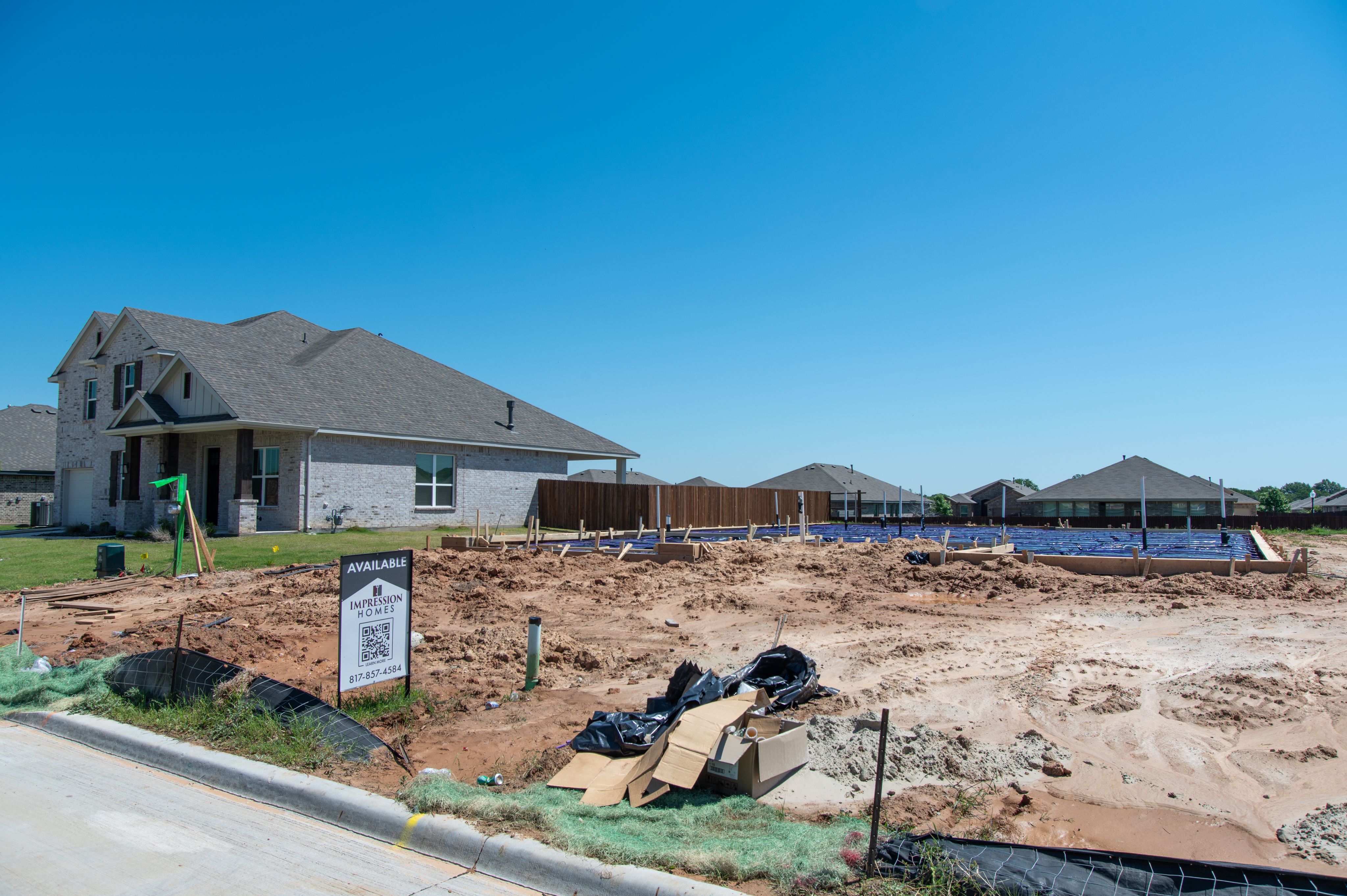
Water History Timeline
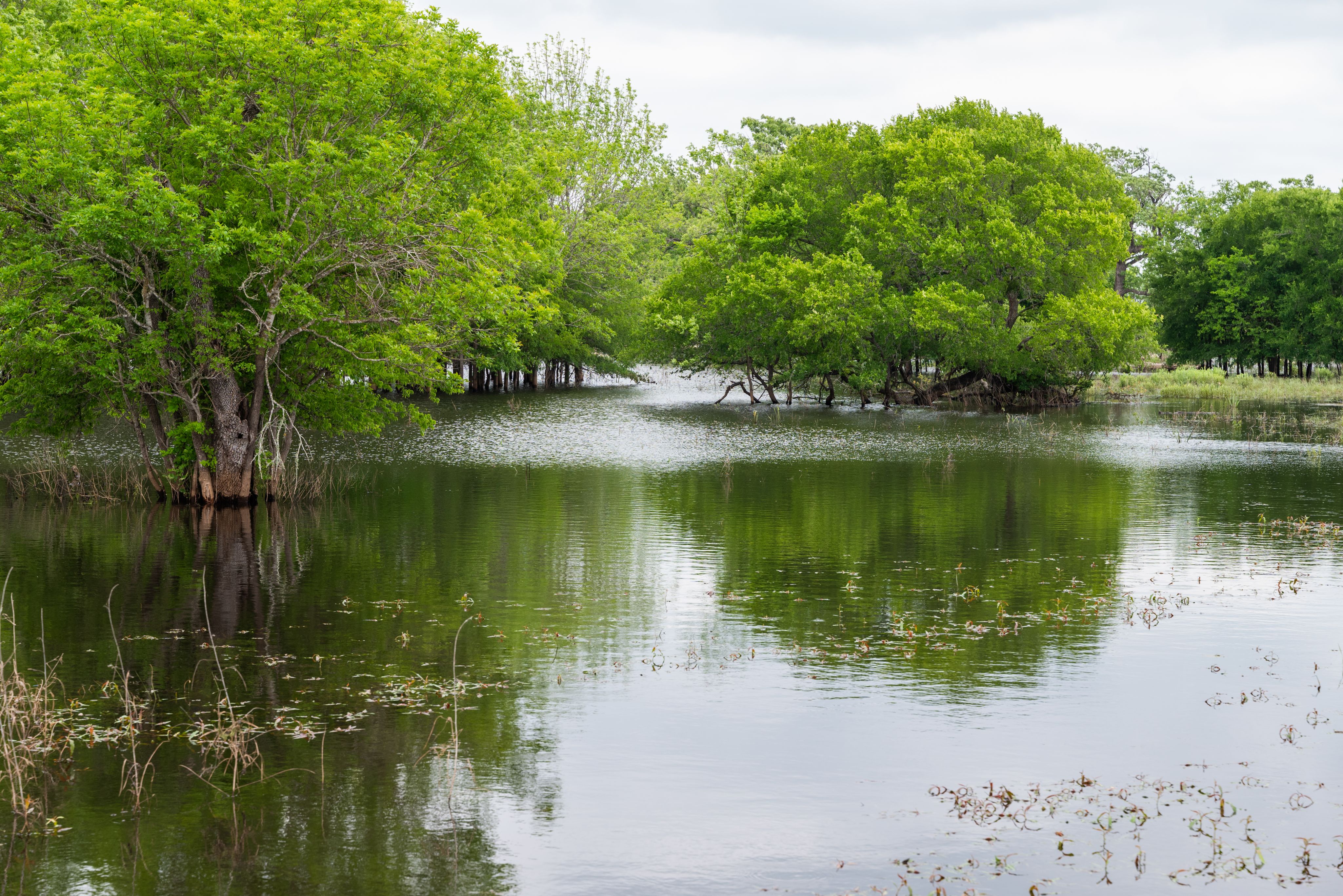
Economics of water supply
Although clean drinking water is something that all humans need, it still comes at a cost.
The state and federal legislatures have introduced multiple programs, including the State Water Implementation Fund for Texas (SWIFT), The Drinking Water State Revolving Plan (DWSRF) and Texas Water Development Fund (DFund) to improve access to clean, drinkable water in Texas.
DWSRF was created by the EPA, and provides grants, funding and support to public water organizations to ensure compliance with the State Drinking Water Act (SDWA).
On the state level, SWIFT was created by the Texas Water Development Board (TWDB) as a mode of conserving existing water and upgrading current infrastructure.
The DFund is another service of the TWDB that is intended to supply 20-to-30 year long-term fixed rate loans to political subdivisions and non-profit water supply companies.
The loans support the improvement of reservoirs, conservation, water quality, wastewater management and flood control.
These funding projects are what many cities need to strengthen their water network as much of what currently exists is not sufficient for the growing population of North Texas.
According to the Texas Water Research Institute, “Finding the money to maintain aging water infrastructure, let alone replacing it, has been an issue for most municipalities. In addition to the challenge of being ‘out of sight, out of mind,’ water infrastructure has usually been excluded from federal infrastructure funding projects.”
Funding is especially necessary for North Texas, as the region “...lost around 40 billion gallons of water in 2021, the most recent year available according to data from the Texas Water Development Board — that includes reported breaks and leaks as well as unreported losses. And that number has only increased in the past two years,” according to the Texas Living Waters Project (TWLP).
Despite the Texas Water Fund, a bill that supports projects from the TWDB, being passed in the latest election, “the $1 billion commitment from the state isn’t enough to address all issues with Texas water infrastructure,” according to TLWP.
With aging infrastructure affecting the whole state, tens of billions of dollars are needed to replace what already exists, not considering what new projects need to be constructed.
In order to appropriately allocate funds, the state is split up into various regions as part of TWDB’s system of dispersing funds. Tarrant, Dallas and Collin counties, amongst 13 others, make up Region C.
The TWDB surveys each region and municipality in the state on a five-year basis to understand their needs normally and in drought conditions, tracks population projections and monitors current water levels in drought conditions, said Emma Rogers, a media and public relations specialist for TWDB. Additionally, Infrastructure Financing Surveys (IFS) are sent out to water districts in the region to determine the funding each need.
To plan for shortages in the future, the board creates cost estimates for drought prevention solutions and social impacts of not acting on potential water shortages.
The IFS found that the TWDB will pay an estimated capital cost of $24 billion out of a total estimated cost of $29 billion for water supply infrastructure in Region C.
The remaining funding total will likely be fulfilled through other funds and loans.
The TWDB is planning on paying its portion through the money found in the SWIFT program.
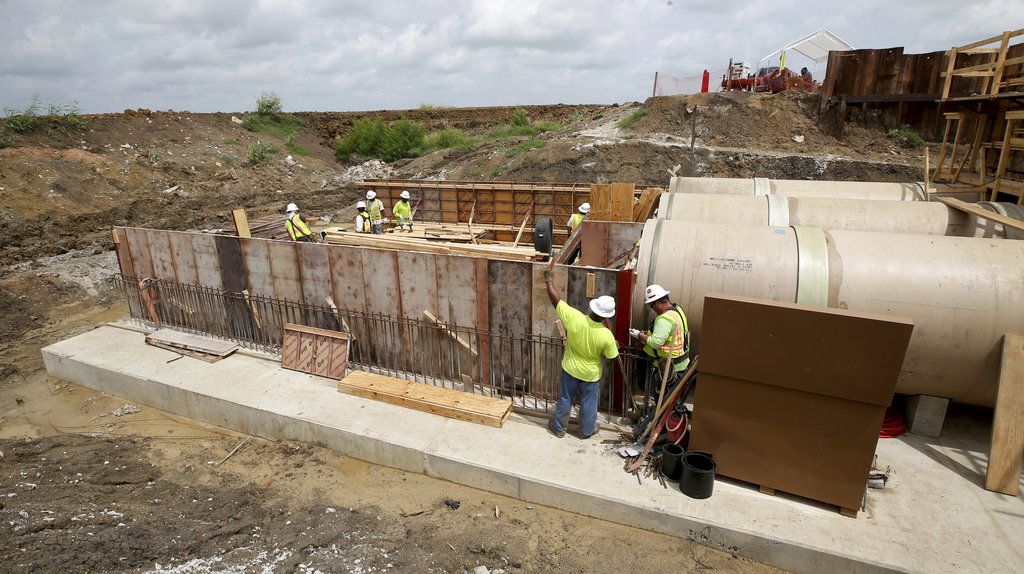
The Tarrant Regional Water District, TWDB has pledged a total of $695 million to construct the Integrated Pipeline Project (IPL), Rogers said. The IPL will supply an additional 350 million gallons of water per day to the district out of Lake Palestine, according to a TWDB press release.
